15 Tips for Taking Great Wedding Photos
A professional photographer shares her tips for getting great wedding photos.
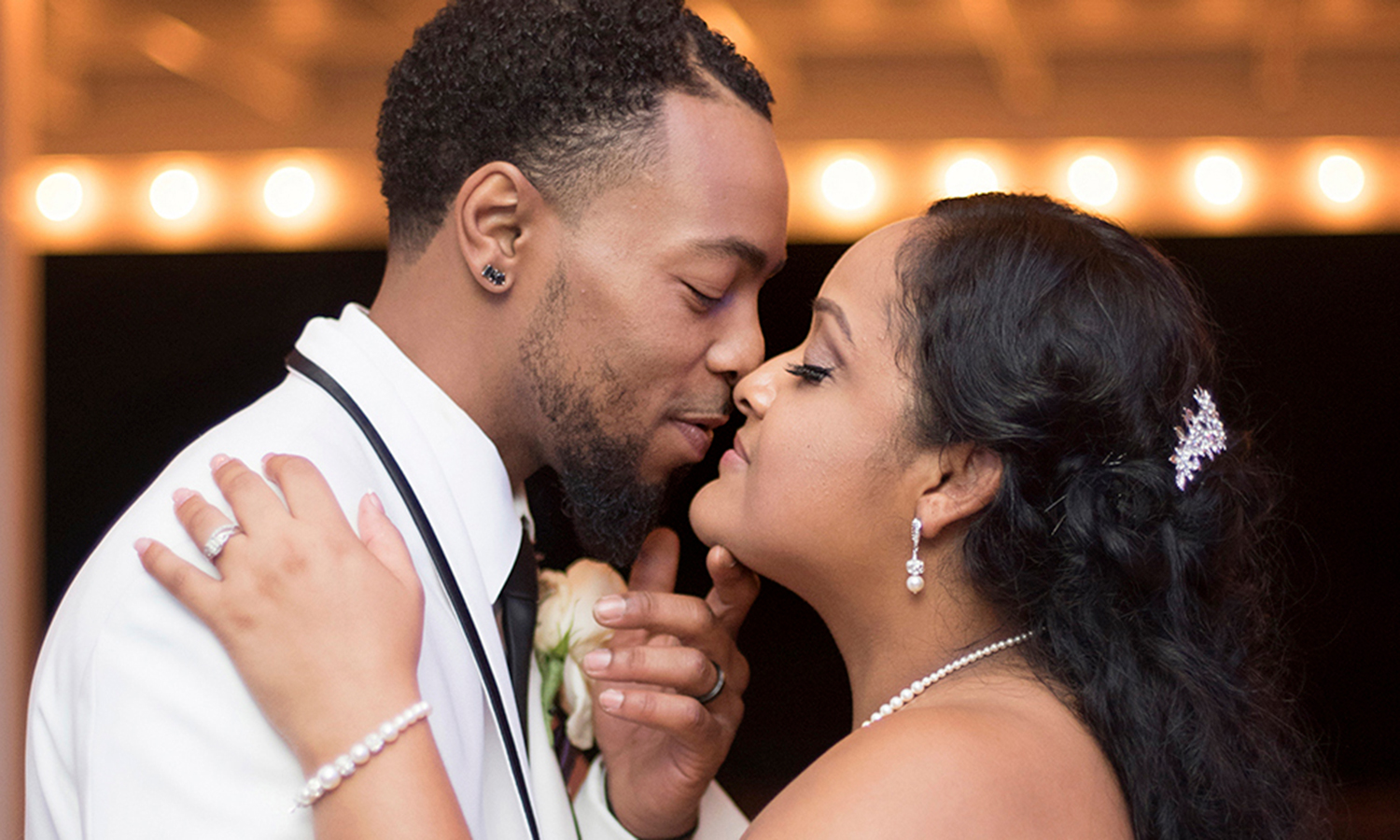
15 Tips for Taking Great Wedding Photos
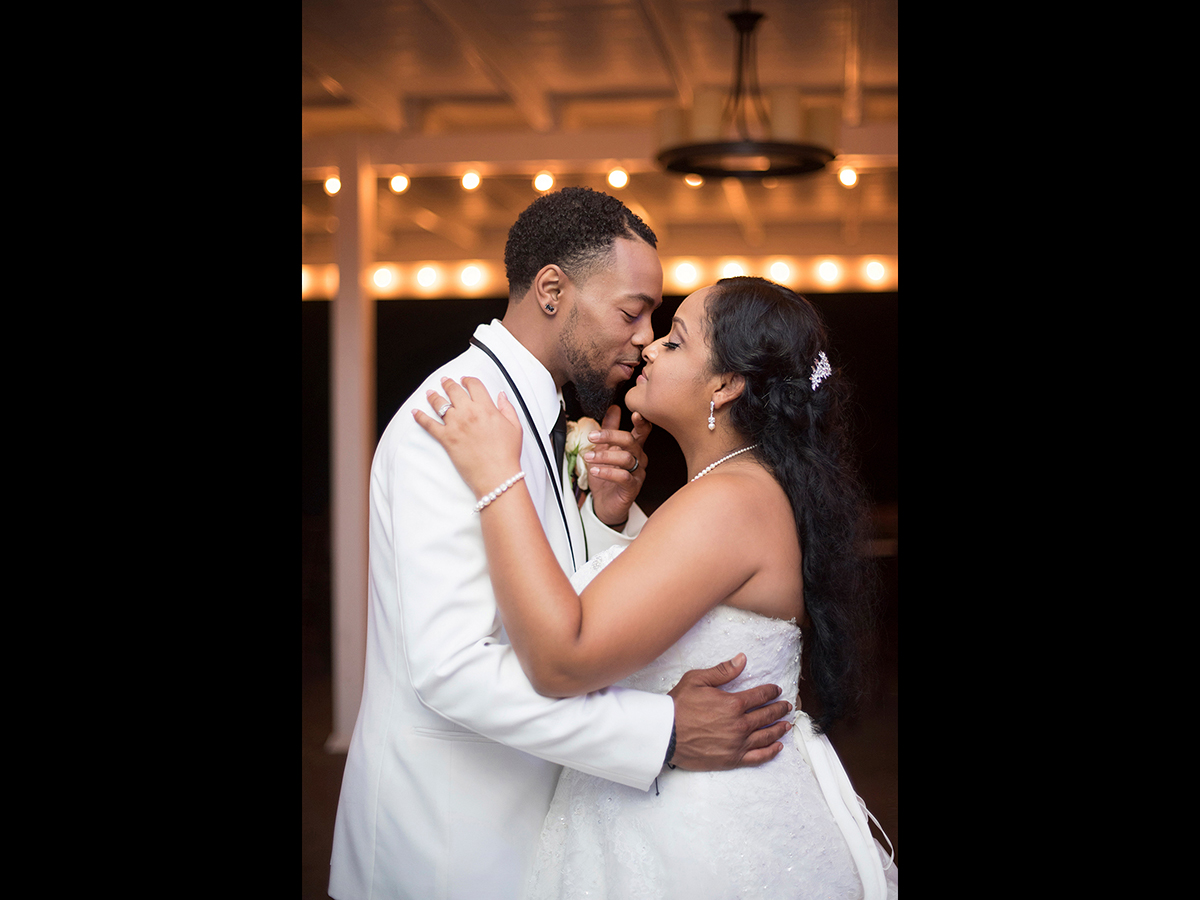
I photographed a wedding for the first time when I was 18 years old and instantly knew that I had found my passion. I fell in love with the excitement, energy, beautiful details and deep emotions you get to experience vicariously on a wedding day. Since I officially started my photography business in 2013, I've been lucky enough to photograph 65 weddings of a variety of cultures and styles.
But you don't have to be a professional photographer to get great wedding photos. Here are 15 tips to help any amateur photographer shoot a wedding like a seasoned pro.
Photo Credits: Lin Pernille Kristensen
Arrive prepared
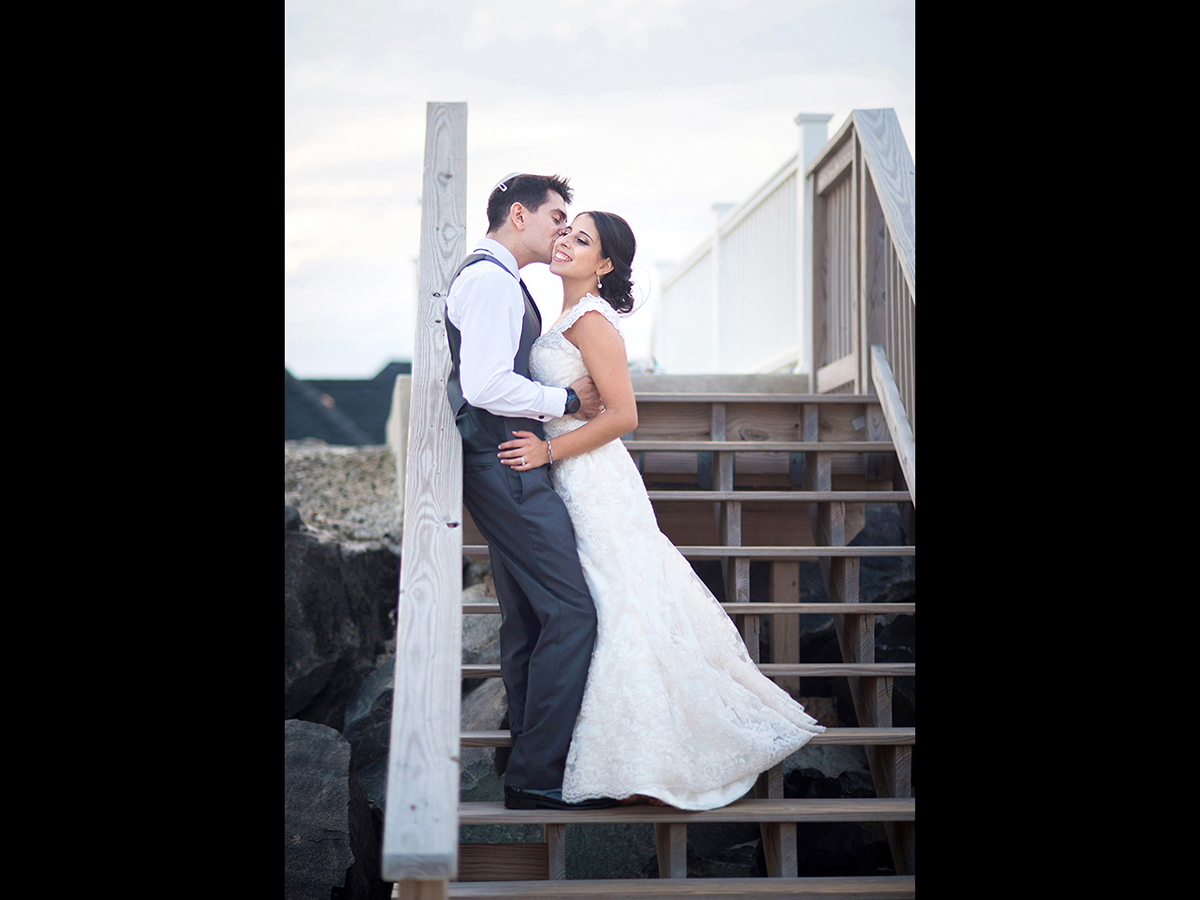
First and foremost, make sure you bring plenty of memory cards (my favorite brand is SanDisk Extreme Pro;they're reliable and have fast read and write speeds), camera batteries (I have four extras so I never have to charge during a wedding) and flash batteries (Eneloop Pro batteries are great; they're rechargeable and allow for fast recycle times).
Shoot early
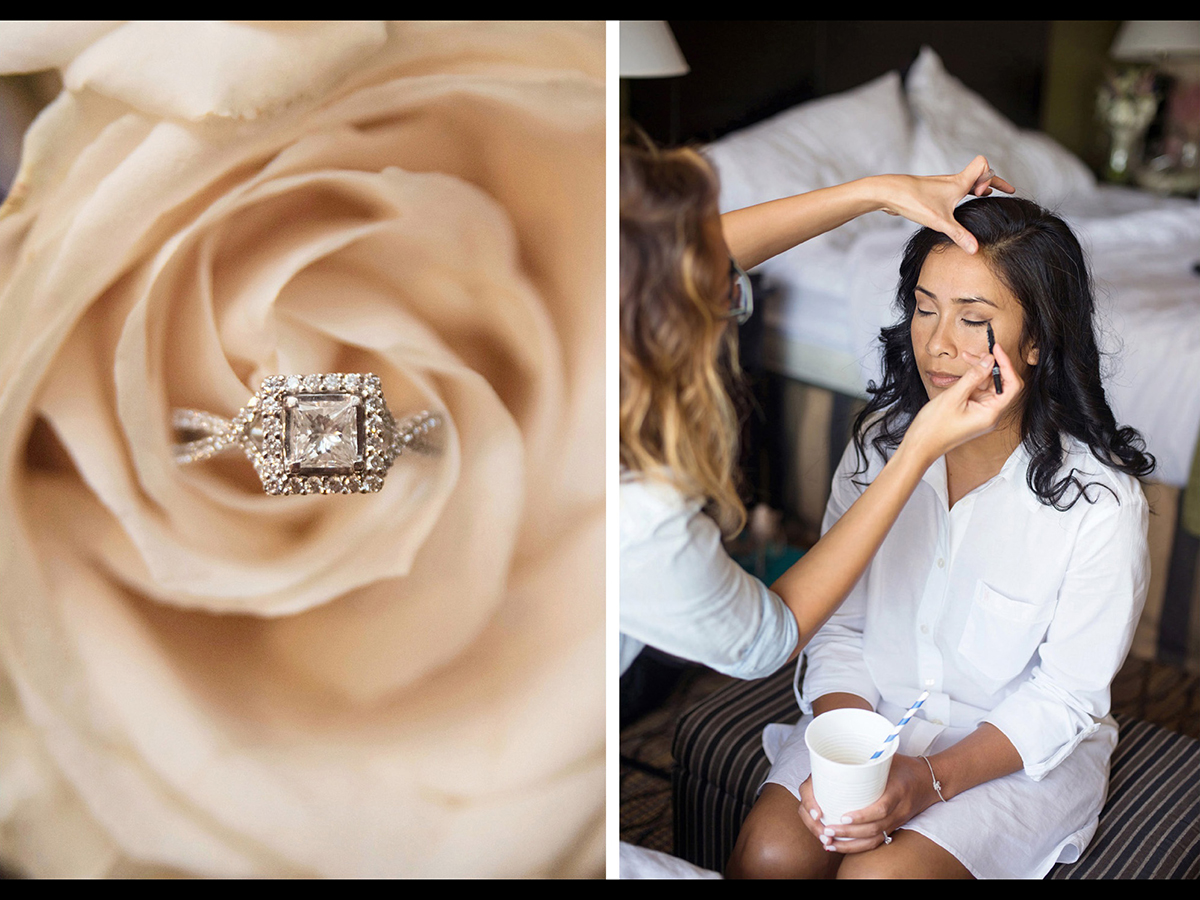
The best time to get shots of the bride's and groom's accessories and details is before they get dressed. That's when everything is in pristine condition, the flowers are fresh and haven't started to wilt, and nothing has any stains or wrinkles. To save time, I ask the couple to gather these details in one location before I arrive so I can photograph them first and not delay their getting-ready process.
Include loved ones in interesting ways
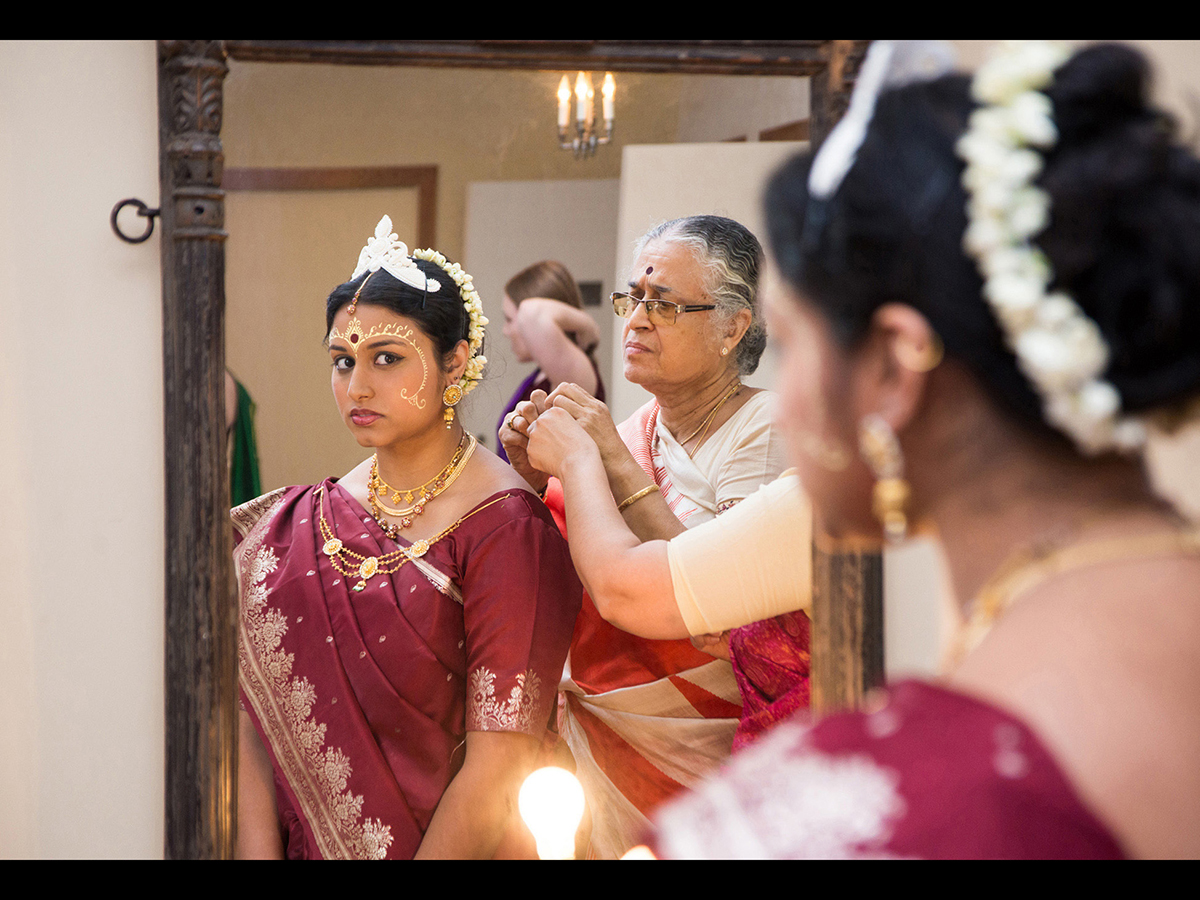
The bride and groom aren't the only ones who will be looking back at these wedding photos and cherishing them for years to come; their friends and relatives will be, too! If parents or grandparents are present at the getting-ready location, incorporate them in the shots. You could ask a relative to help the bride put on some jewelry or zip up her dress, or ask a relative or groomsman to help the groom put on his boutonniere, fix his tie or put on his suit jacket.
See, but don't be seen
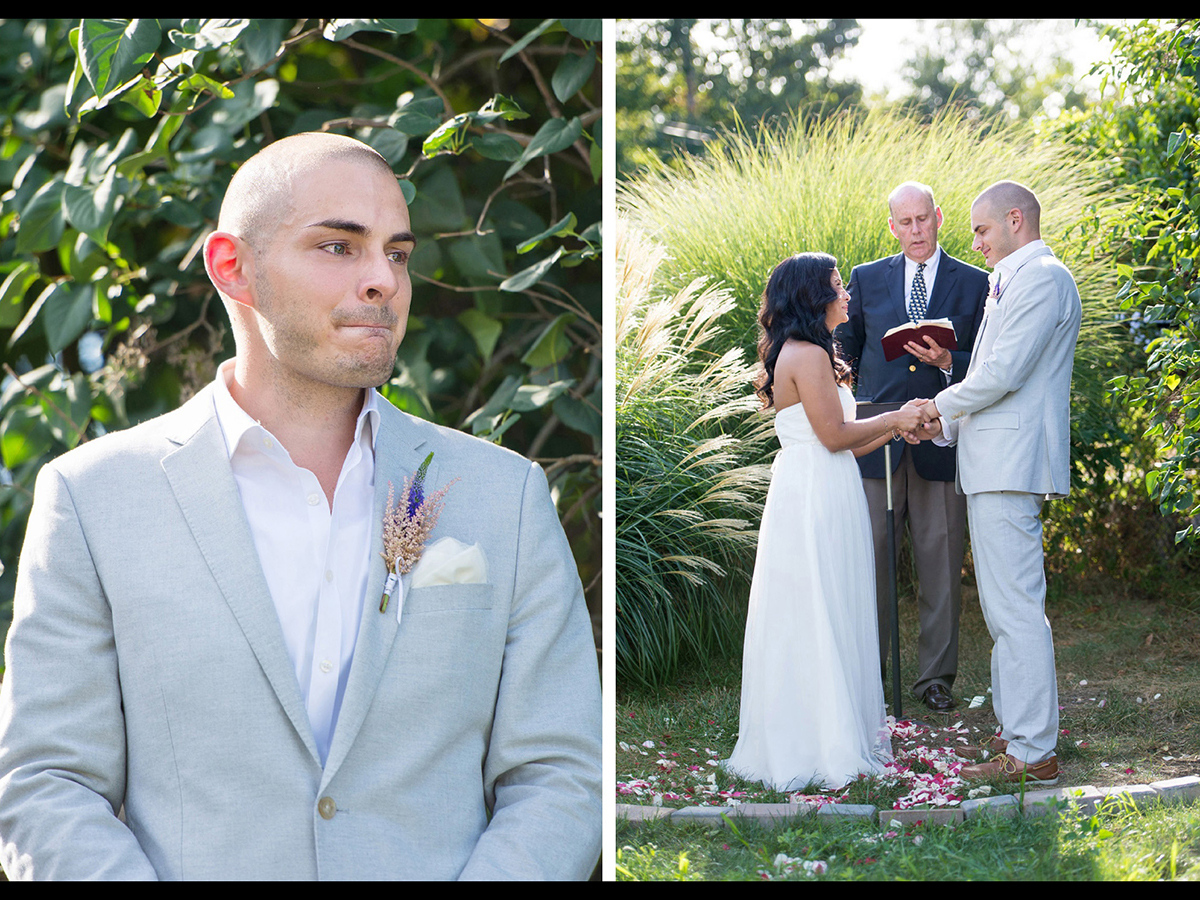
When the bride is coming down the aisle, it's just as important to keep an eye on the groom for any sweet reactions to the first time he sees his bride-to-be. During the ceremony, stay out of the way, and be inconspicuous so that the guests also have a good view. If I'm in the center aisle, I usually kneel, or I stay in the "wings" on either side of the ceremony space.
Sign up to get the BEST of Tom's Guide direct to your inbox.
Get instant access to breaking news, the hottest reviews, great deals and helpful tips.
Capture the tears of joy
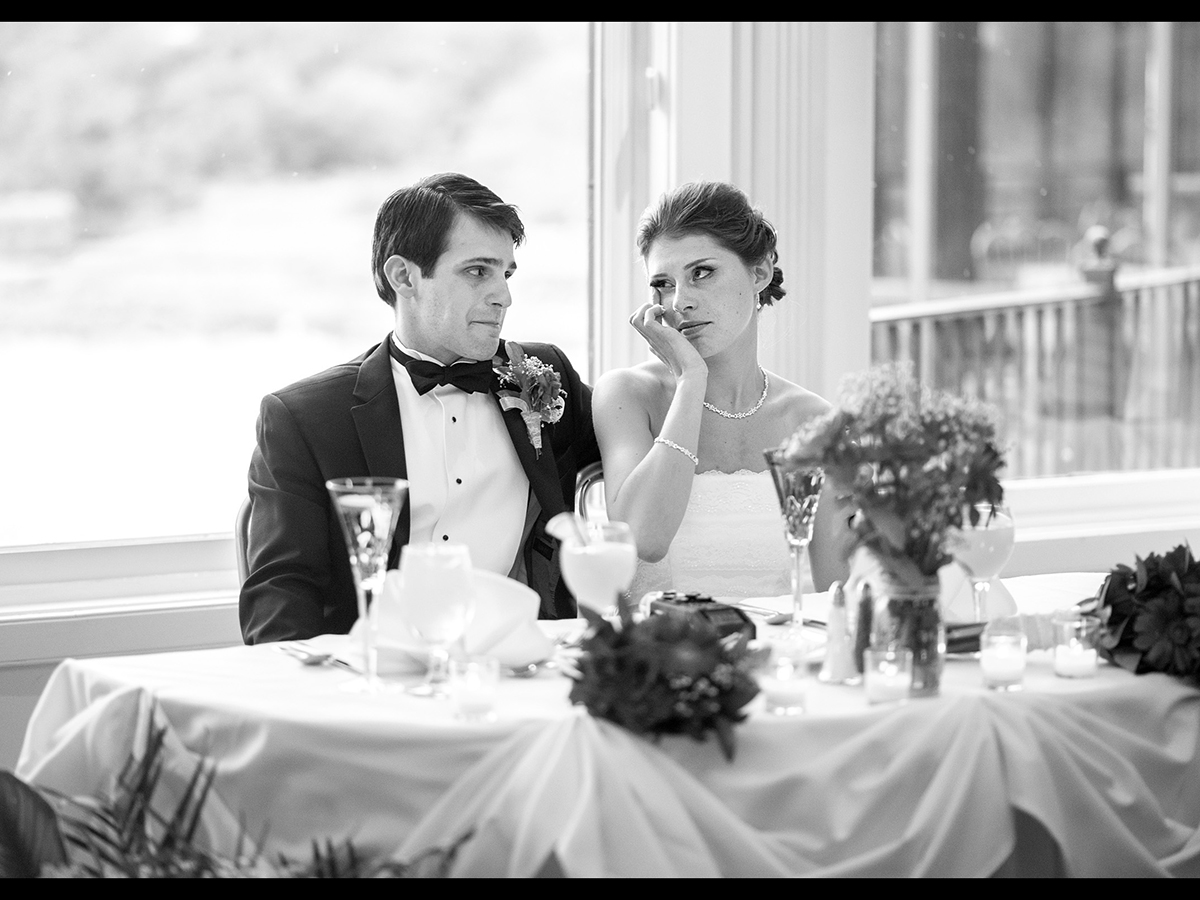
The speeches and parent dances are always great opportunities to capture emotion, so I like to use a long lens (85mm or 135mm) to focus on any tearful reactions.
Lighting is key
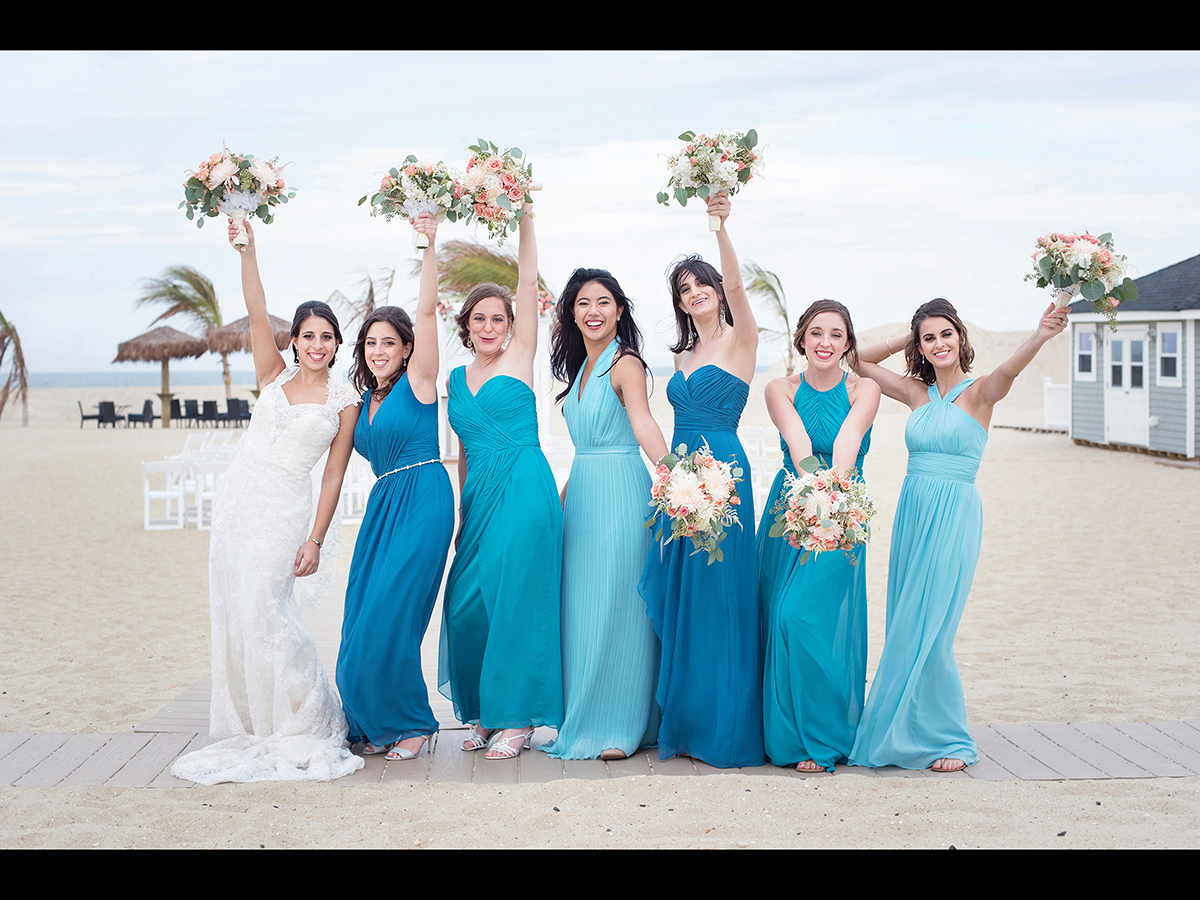
When shooting outdoor portraits of the couple and the bridal party, my absolute favorite lighting comes from an overcast sky. This lighting mimics the soft, diffused light that comes from a studio softbox, without leaving any harsh, distracting, unflattering shadows on the subjects. But because you don't always get those ideal conditions, you have to be able to work with what you're given. Scope out the area for some attractive locations in the shade (for example, under a tree, in the shadow of a building or under an overhang) as a backup option.
If there is full sun and no place to hide, I ask the subjects to directly face their shadow. This way, they are evenly backlit, and their own bodies sort of "eclipse" the sunlight behind them. However, you have to make sure that their faces are properly exposed, so you don't want to rely on your camera's auto settings. If you're shooting in RAW, you can also bring in more detail when editing photos later.
Commemorate the weather
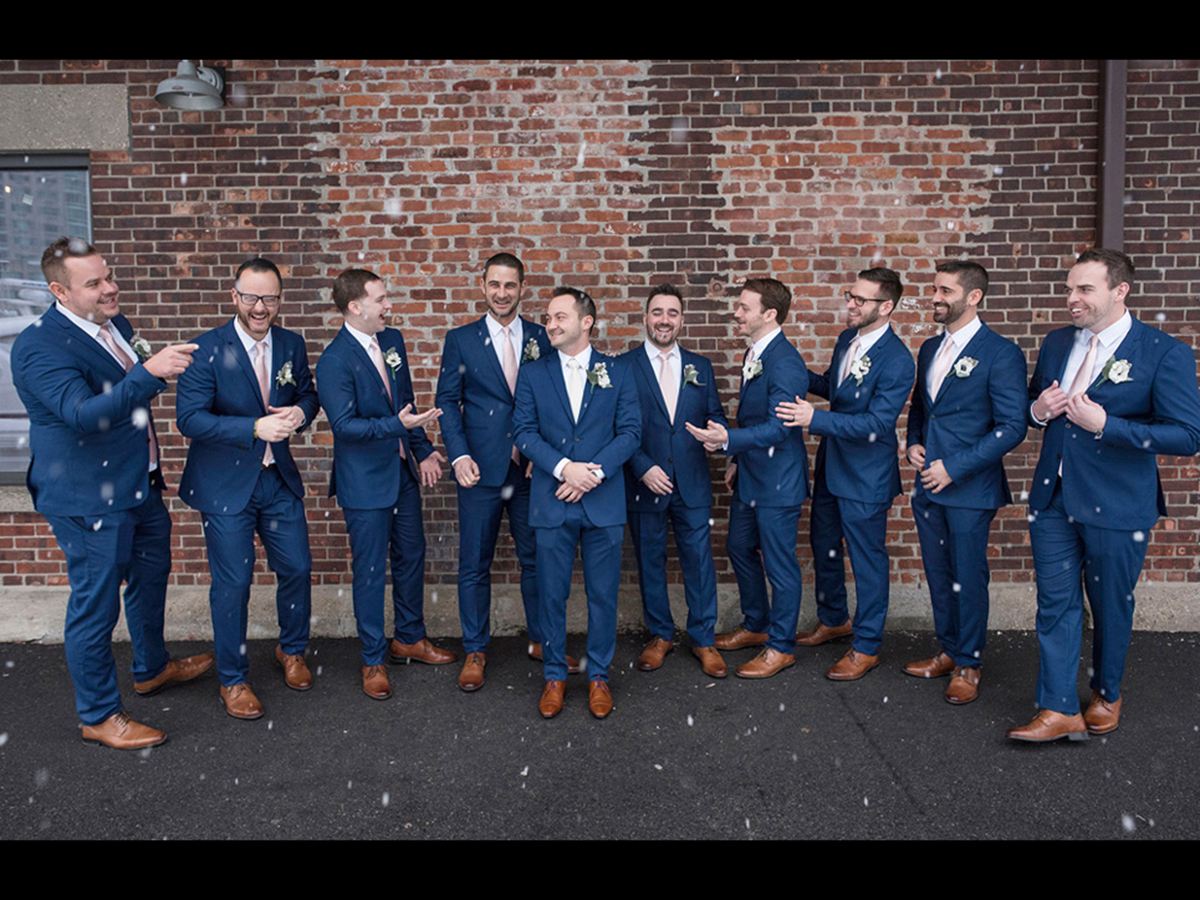
If there was any memorable weather on the wedding day (rain, snow, etc.), don't try to ignore it — embrace it! You can never control what the weather will be like, so it's always good to have a plan of action for whatever the clouds may bring. (An awning, overhang or clear umbrellas are helpful ways to keep the bridal party dry while still capturing the rain or snowfall.)
Capture family portraits
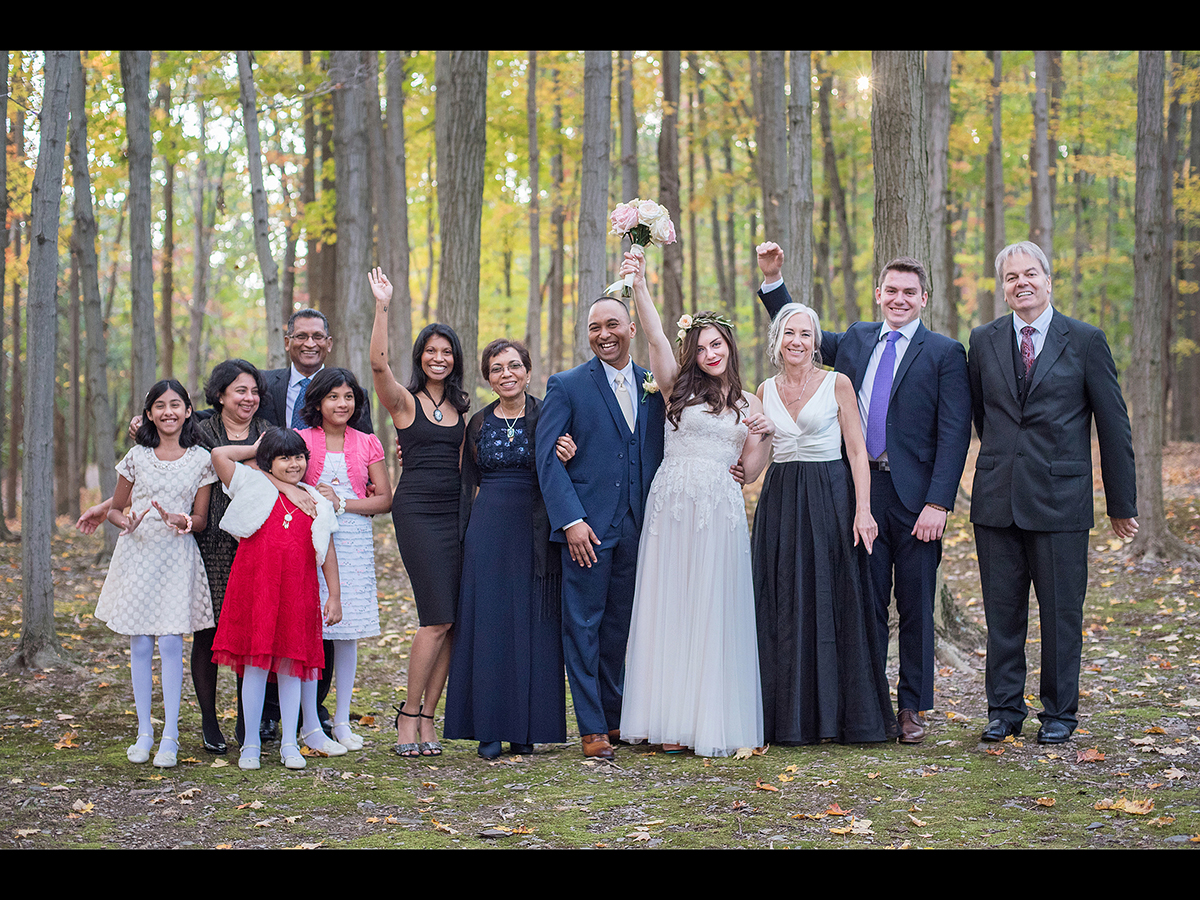
While family portraits may not seem like the most exciting portion of the day, they are extremely important to capture. Nowadays, with extended families who are often spread across the country or the world, weddings are a unique occasion in which all family members are in the same place at the same time (and dressed to the nines!), so it's the perfect occasion to get a portrait of all members of the family.
After getting all of the posed and formal family portraits, I give the family the option to take a fun or silly photo. Many times, these are the photos my clients cherish the most because they show the true energy and spirit of the family.
Shoot every detail
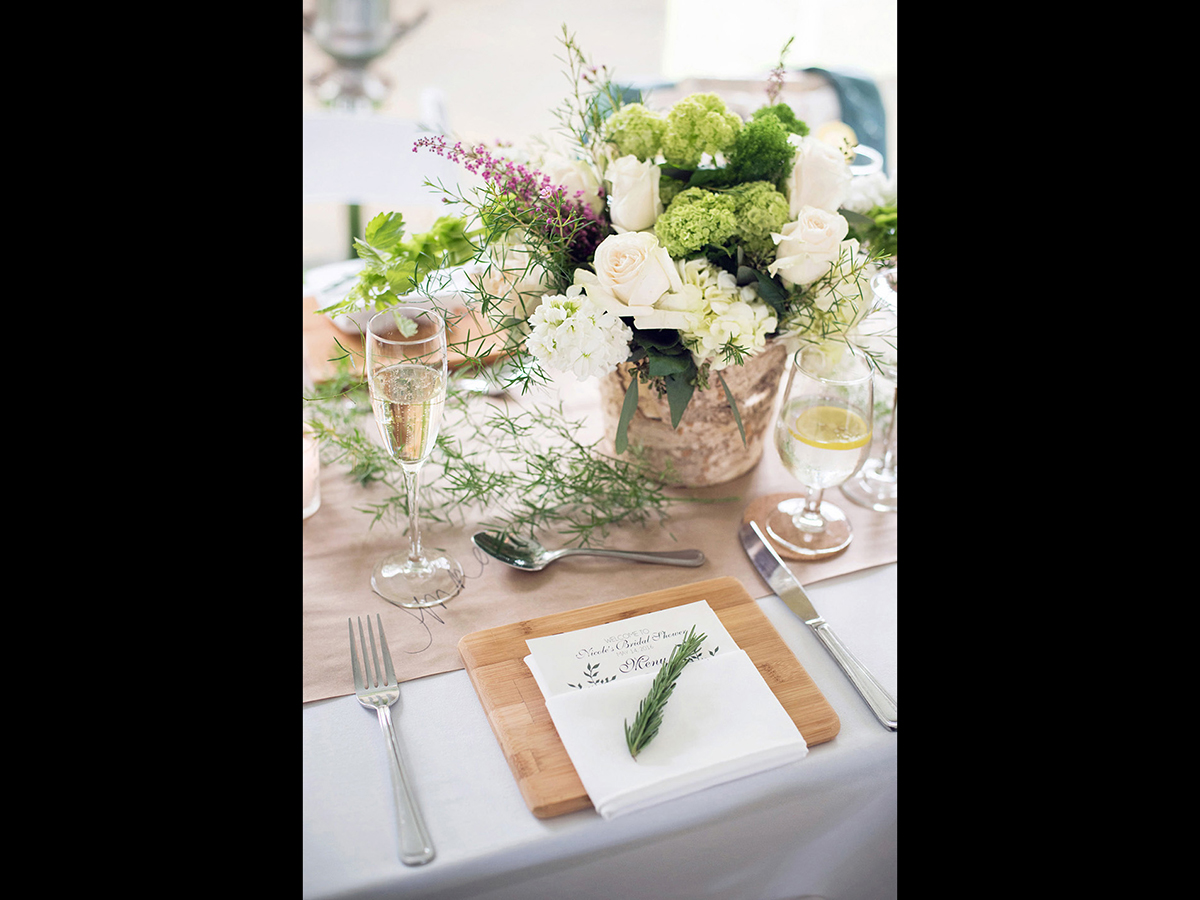
As the photographer, it's your job to eternalize every element that came together to create their wedding day. These details include things like centerpieces, signs, menus, the food, the decor and the flowers. A great rule of thumb when capturing details: If they spent money on it, capture it. If they hand-made it, capture it. The more money or time that was spent on it, the more important it is to capture.
Keep an eye on the sidelines
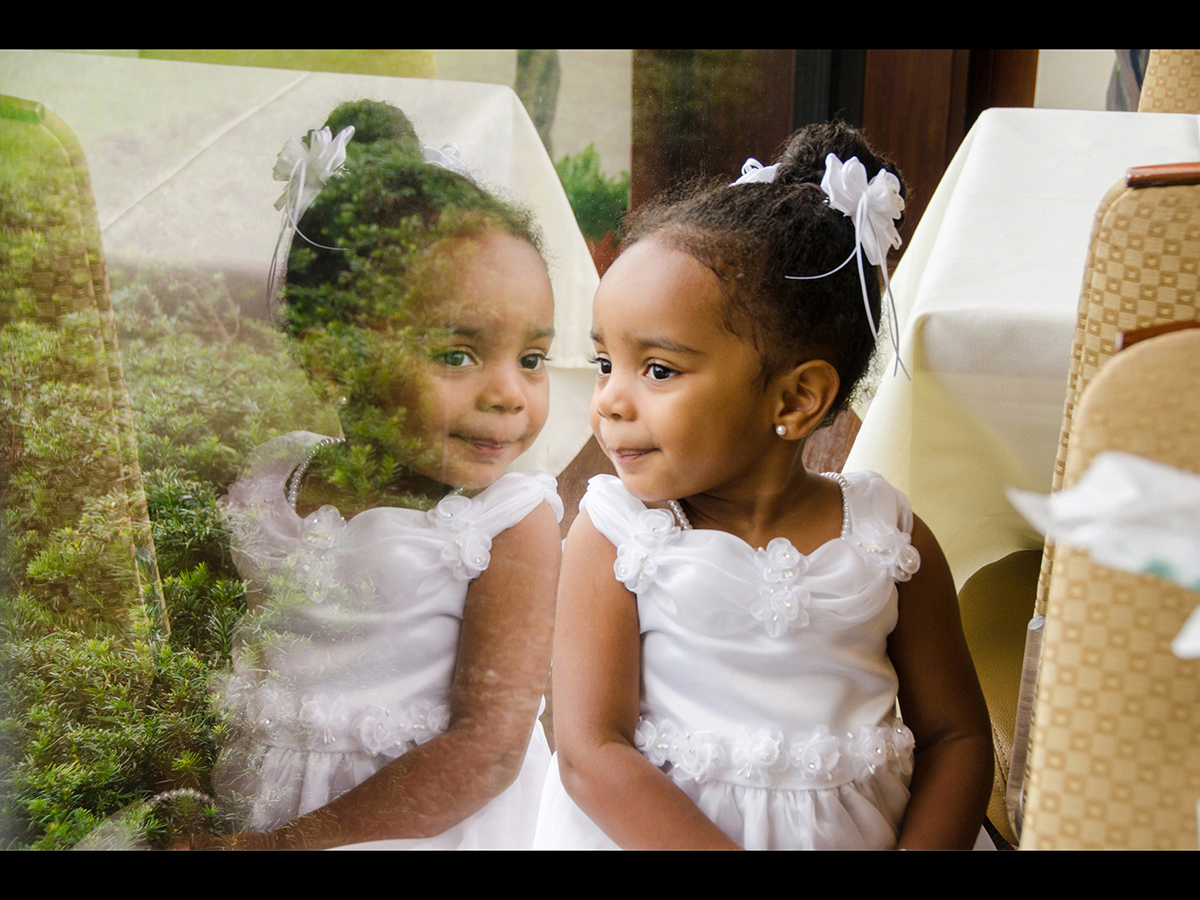
Sometimes, the best photos aren't on the dance floor or at the sweetheart table. Keep your eyes peeled for cute candids in unexpected places, such as children playing with each other—or staring out a window.
Equipment is key

When the sun sets and it comes time for the reception, almost all of the lights go out, and you have to rely on the camera's flash and the correct camera settings. This is where my full-frame Nikon D750 comes in super handy. It has great low-light performance, you can shoot at high ISOs with very little noticeable grain, and the autofocus assist light is very helpful for quickly and accurately focusing shots during dark receptions.
Get your camera set up properly
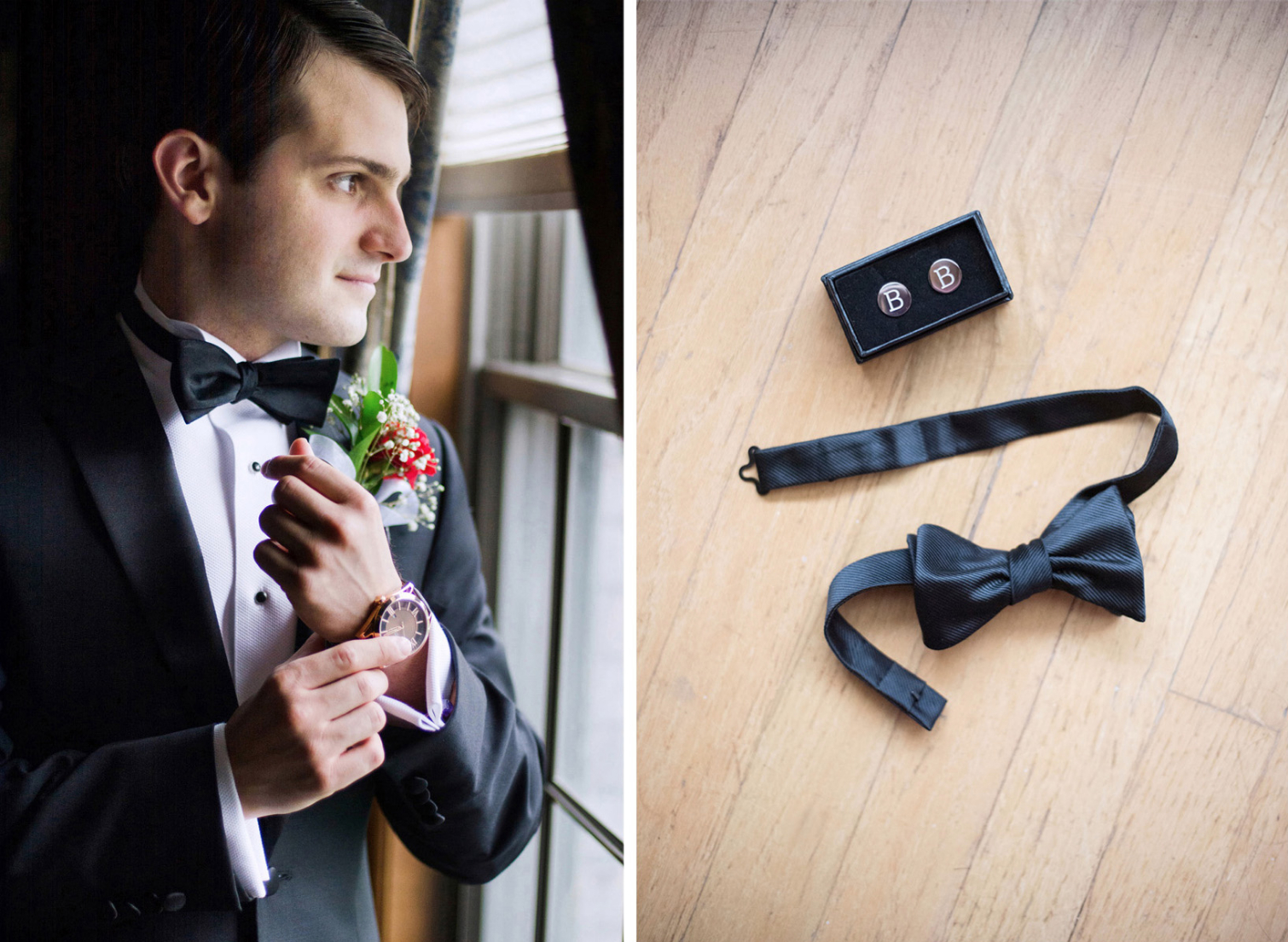
I like to shoot with prime lenses (a 24mm f/1.8 wide-angle lens, a 50mm f/1.4 normal lens, an 85mm f/1.8 moderately long lens, a 135mm f/2 telephoto lens and a 60mm macro lens), so it's useful for me to have two camera bodies with different focal lengths. This is also great as a backup precaution in case you ever encounter a malfunction with one of the cameras.
However, if you have, or can afford only one lens, I would recommend the 50mm f/1.4. It's versatile; great in low-light conditions; and takes beautiful, detail shots and flattering portraits.
If you're looking to buy new lenses, check out our guides for all of Canon's lenses, and all of Nikon's lenses.
Set your camera to shoot in RAW. This will give you the most freedom to edit your photos in a (here's our favorite photo editing apps) and will enable you to bring back details in blown-out highlights in a bright sky or a white wedding dress, or salvage some details in superdark shadows or a black tuxedo.
Get in close, and shoot wide
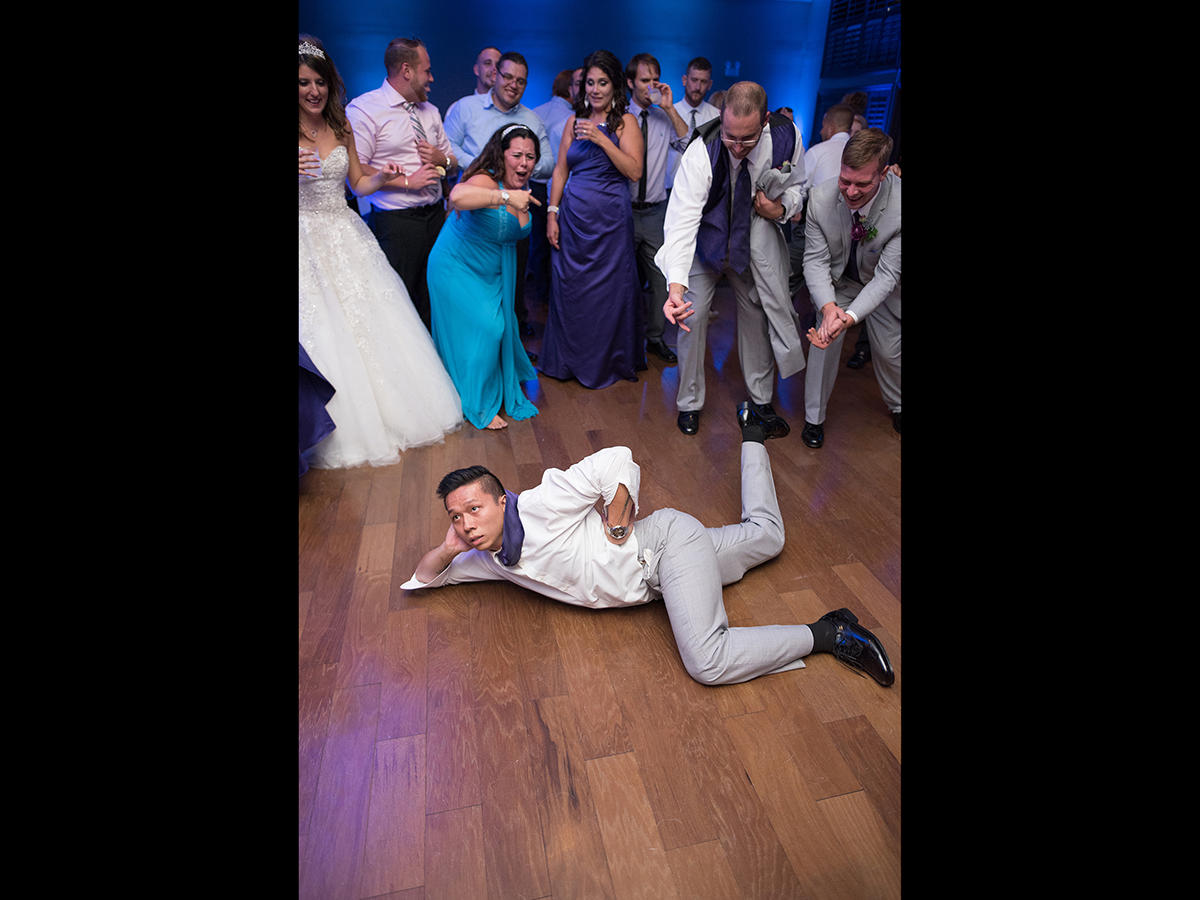
When weddings have rowdy, energetic guests, dance circles often form (which is where all the fun action will be!). I try to sneak into the front row of the circle and shoot with a wide-angle lens to capture both the focal point and the onlookers.
Keep your distance, and shoot long.
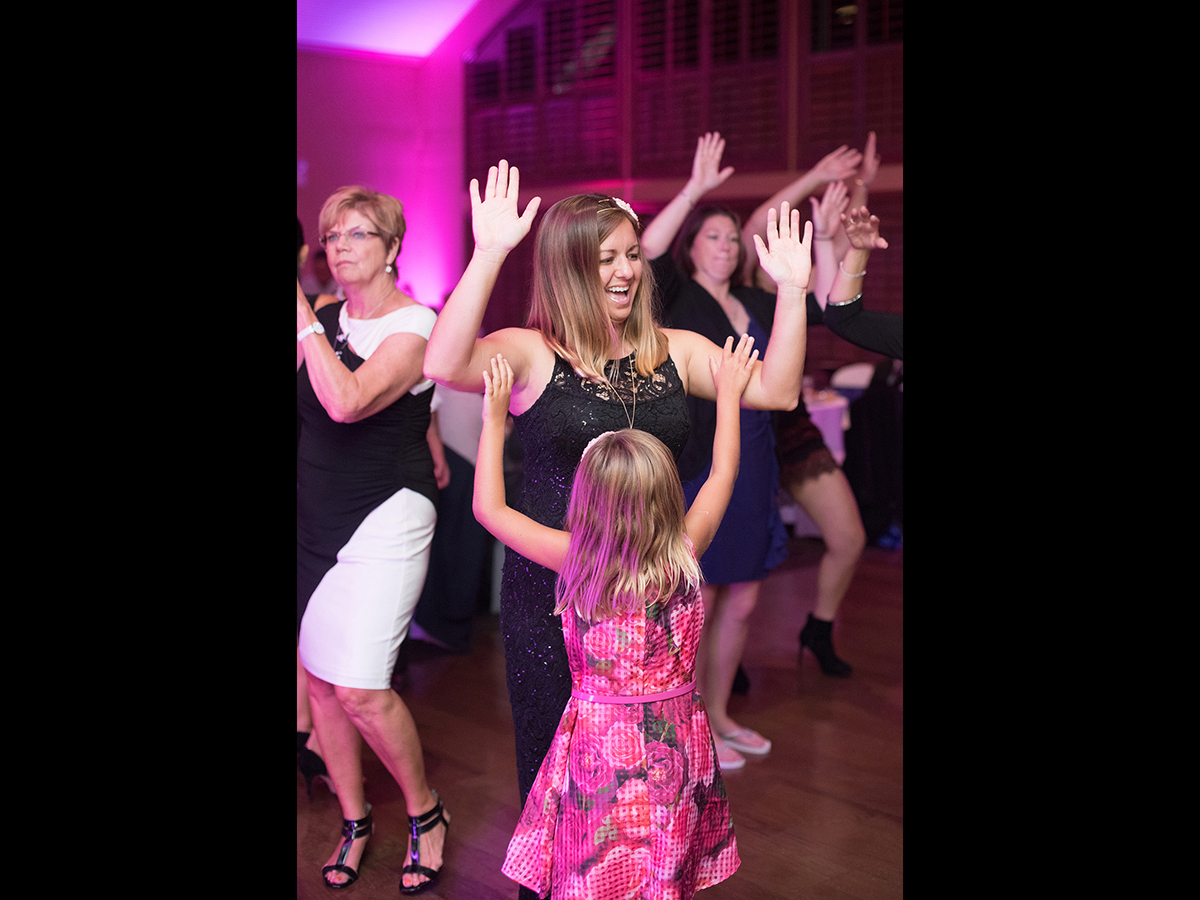
On other occasions, especially if the dance floor is tight and I want to avoid bumping elbows with people, I walk around the perimeter of the dance floor and shoot with my 50mm f/1.4 lens (or sometimes my 85mm f/1.8), framing the shot to capture one or two individuals.
End with a bang!
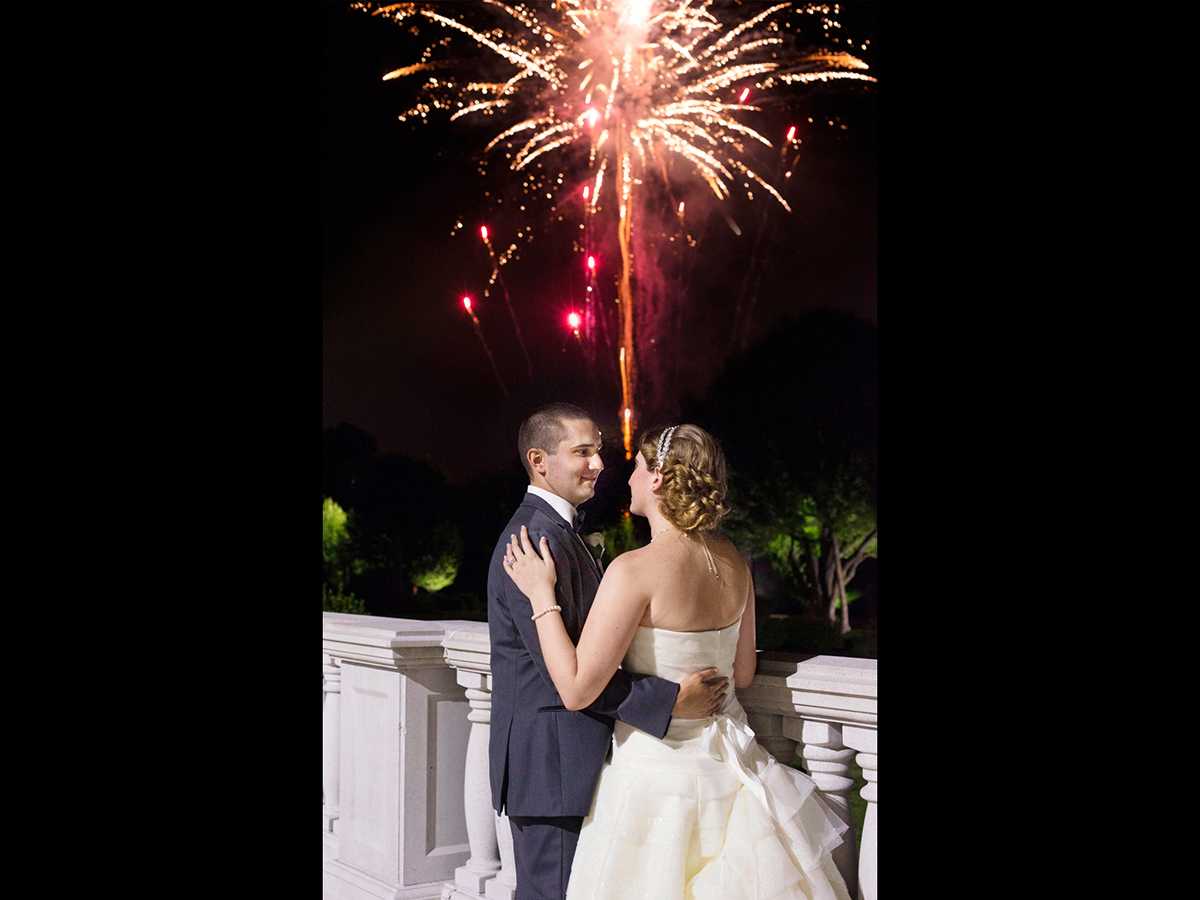
Finally, if the wedding couple is doing a sparkler exit or any other grand send-off, this is a great photo op to end the night with (and it looks great as the last page of a wedding album)! Because these photos are taken in very low light, I shoot with a high ISO (800 or higher), a very wide aperture (around f/1.4 to f/2) and a slower shutter speed (around 1/100 to1/125) to let in the ambient light in the background. To freeze the motion in the foreground and illuminate the subject, I use my flash (with a diffuser attachment) as a fill light.
Photo Credits: Lin Pernille Kristensen
Tom's Guide upgrades your life by helping you decide what products to buy, finding the best deals and showing you how to get the most out of them and solving problems as they arise. Tom's Guide is here to help you accomplish your goals, find great products without the hassle, get the best deals, discover things others don’t want you to know and save time when problems arise. Visit the About Tom's Guide page for more information and to find out how we test products.

